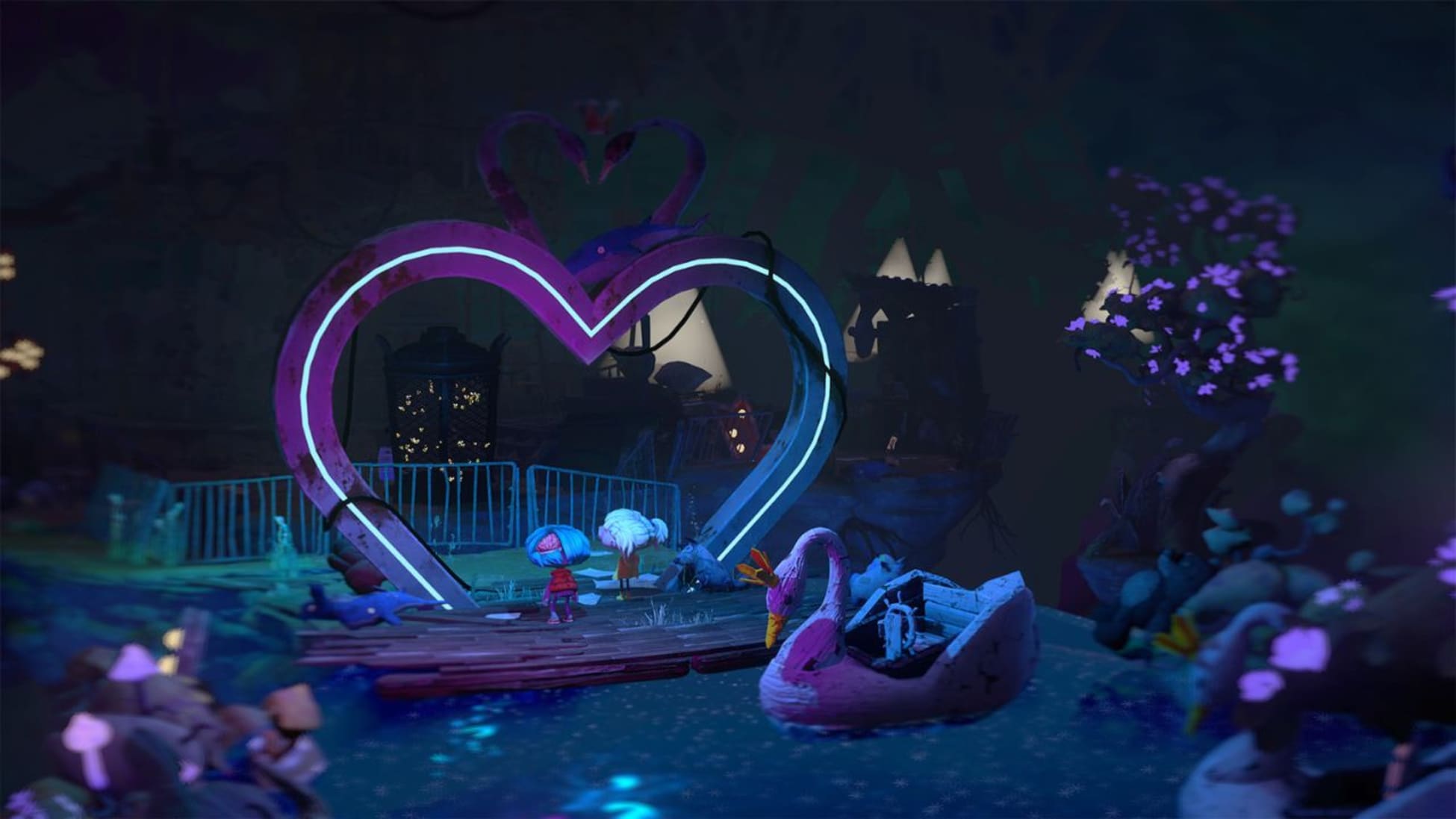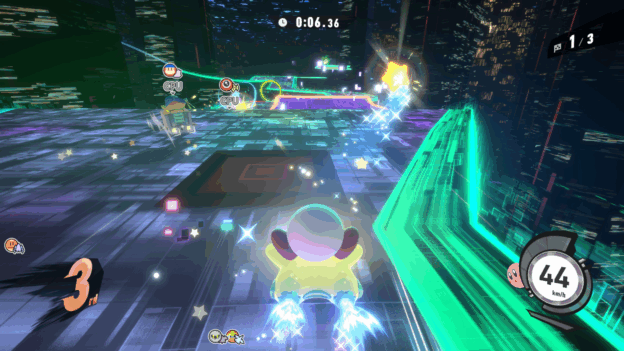Final Fantasy III Pixel Remaster Review – Review

An approachable way to play a lesser known Final Fantasy.
It probably doesn’t bear repeating at this point, but the Final Fantasy 3 for the SNES that came to the West in 1994 wasn’t the same Final Fantasy 3 released in Japan on the Famicom in 1990. The SNES actually got Final Fantasy 6, and it wouldn’t be until a 2006 Nintendo DS remake that North America would actually have their own localized version of the third mainline Final Fantasy. What makes the Pixel Remaster of Final Fantasy 3 so interesting is that it’s essentially the first localized version of the original Famicom release, in all its pixelated glory. As someone who started and restarted the DS version multiple times over the years, the Pixel Remaster ended up allowing me to roll credits on the game for the very first time. What I found was an enjoyable experience that benefits greatly from the added features to the Remaster, but one that falls noticeably short of being a must-play.
Final Fantasy 3 follows four orphans who come into contact with a crystal that implores them to set the world to rights. As in the first Final Fantasy, the heroes here are also referred to as The Light Warriors, and as they explore both the initial floating continent and the larger world outside of it, new job classes are bestowed upon them directly after discovering one of the elemental crystals. From the familiar Warrior, Black Mage, and White Mage to the Geomancer, Ranger, and Dragoon, a total of over two dozen classes are available to unlock and switch between at will. The heroes’ story sees them piloting multiple airships, a boat, and even a submersible on their quest to take down a corrupt apprentice of a legendary Archmage. The narrative doesn’t venture too far outside of typical Final Fantasy fare, and even though the game suggests that some of your NPC companions are closer to your team than it seems, there are nonetheless some fun character moments sprinkled throughout.

The job class system is both the distinct centerpiece and the half-baked addition to Final Fantasy 3. Each class essentially has one unique ability, such as the Dragoon’s jump or the Ninja’s throw, and so the game pushes you to experiment with different classes for different situations. Specific bosses may be much easier to take down when you’ve switched half of your party over to one class or another. One particular boss constantly shifts its weaknesses around, so you’re encouraged to have one party member as the Scholar class to identify that weakness and then target it in the next round of combat. That said, gaining job levels could stand to have a clearer impact on your characters’ effectiveness. You also can’t really discover the abilities and special traits of different classes from the Job menu; you’ll need to use trial and error or refer to a guide. Is job level important? Yes, but I wish it were more obvious how.
What works greatly in the Pixel Remaster version is the Boost, sprint, and no encounters options. Being able to turn off random battles and run constantly makes exploring each dungeon and collecting the numerous treasures within a breeze. There are frequent hidden passages and switches to activate, and it’s always more of a drag to look for them when you’re constantly getting into fights. When you do need to bulk up your team ahead of a boss fight, the Boost menu has toggles to increase experience points and money earned by up to 4x, a very welcome addition. This is especially true when it comes to conquering the game’s final dungeon, which is notoriously lengthy and challenging.

The other major upgrade comes in the form of visual and audio enhancements: the re-drawn 2D pixel art and the new soundtrack arrangements (the theme for the village of Canaan is wonderful in the arranged version). The spell and summon effects are incredible and really bring Final Fantasy to life; aesthetically, it’s hard to argue against the Pixel Remaster being the best version of the game. Sure, there needs to be more font options–in addition to more sizes–but it really did feel like I was playing a new “old” game for the first time, and I relished being able to see it all the way through.
Having regular access to some form of airship really opens up the world to you, but the freedom you have doesn’t mean it’s a major challenge to figure out your next destination. Talking to villagers provides you with all the tips you need to keep making progress, and a handy map can be pulled out in the overworld that shows a list of landmarks and actually points them out on your map. The mini-map that appears in the corner of the screen at all times is also very helpful.

Had I played Final Fantasy 3 in 1990, I probably would have been more impressed with it, but the job class system as an RPG mechanic has improved immeasurably in the intervening years. At the end of the day, FF3 does more interesting things with its run-time than does the original Final Fantasy, and I might even recommend it over that one. Taking full advantage of the quality-of-life features built into the Pixel Remaster series is a great way to enjoy one of the lesser played entries in this storied Square Enix franchise. While it shouldn’t be the only or the first Final Fantasy you play, it’s still worth a look for any RPG enthusiast.




